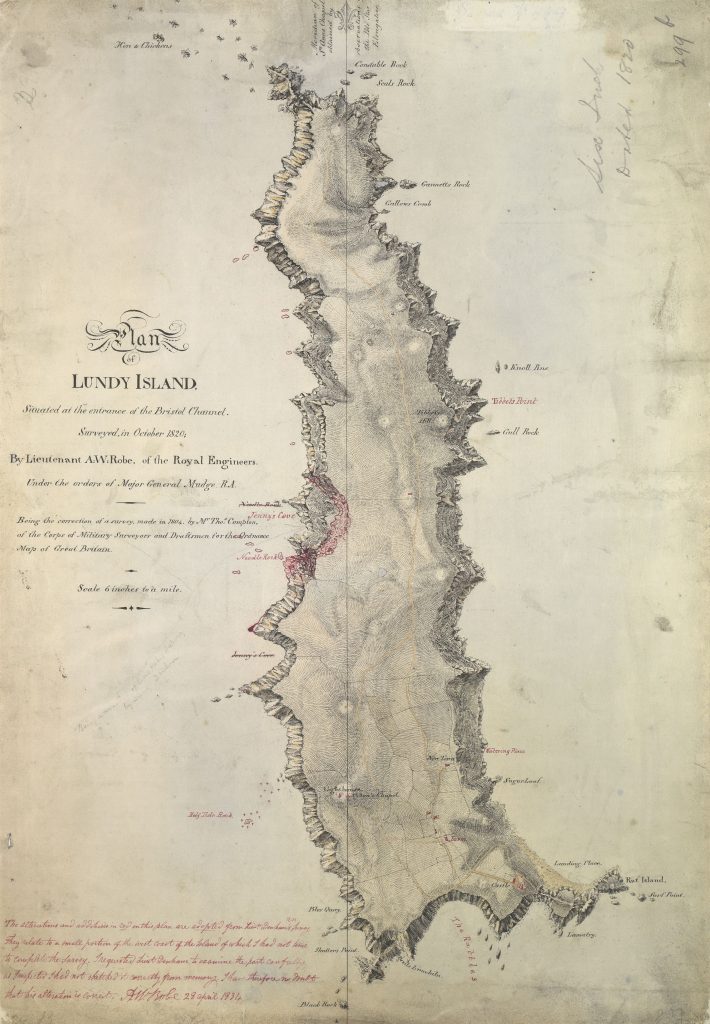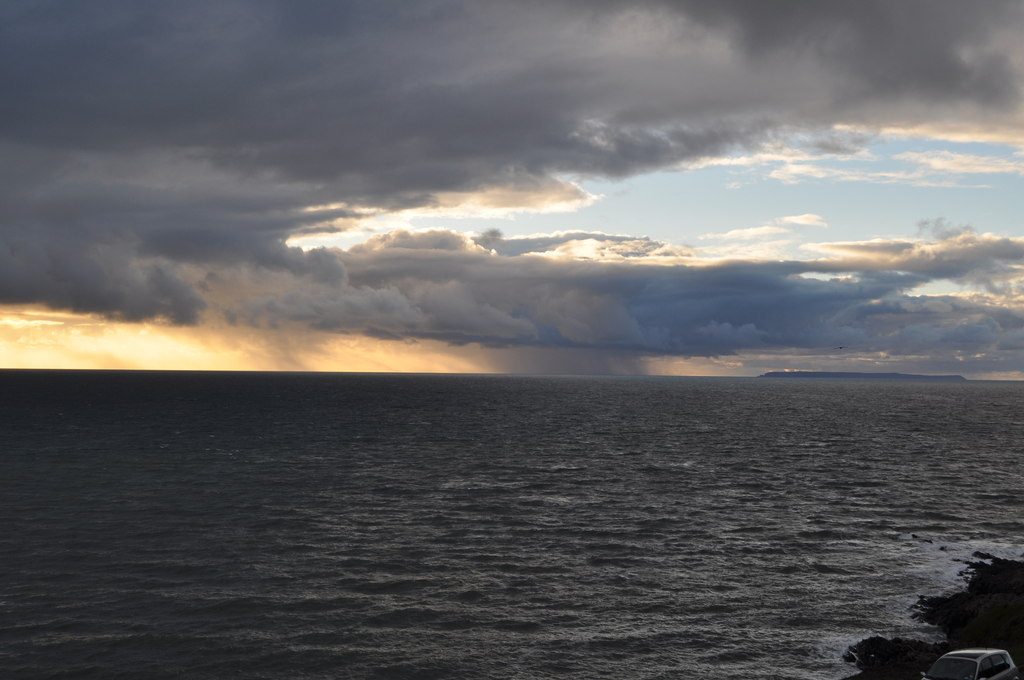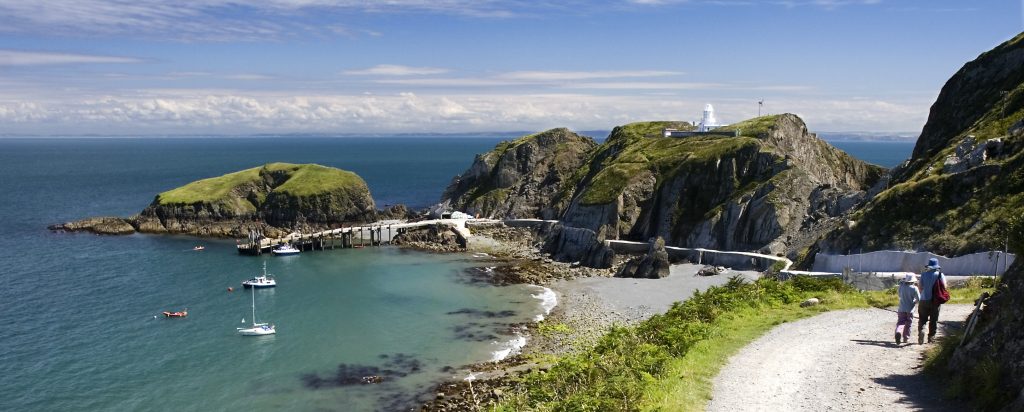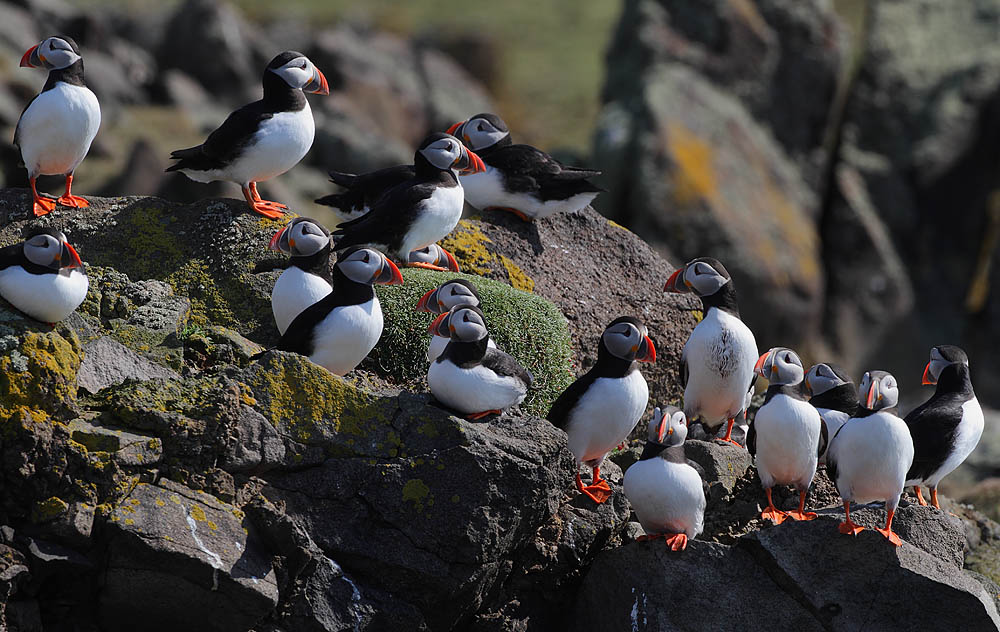
As we run up to the Halloween release of Dying Fall, I want to share some of my inspiration for the setting, characters, and events.
My story is set on the imaginary island of Brackmor, the home of an eccentric millionaire. Brackmor is located off the North Devon coast and is the size of a very large country estate.
Brackmor is based on beautiful Lundy Island in the Bristol Channel, though I have altered the geography and history to suit the story. After all, we can’t have reality spoiling a perfectly good alibi, can we?
A Victorian periodical called “The Living Age” from 1877 described Lundy this way:

When, after the jealous clouds have shrouded it for weeks, it may be, they drift away, and the grand, lonely Lundy Island rears its scarred and riven-granite cliffs from the fretted sea. When the island, which for mystery and loneliness might, until lately, have been a speck in the far Pacific, though it lies in the middle of the Bristol Channel, emerges into sight it sometimes wears a mystic aspect still…
For bands of fog will float, ribbon-like, along the front of it, hiding now the heads of the cliffs and leaving the beach clear, and again reversing that order; and as the mist is not thick, but vapory and transparent, it produces mirage-like effects, and the outlines of the island and the ships sailing under it are listed and distorted.
But when Lundy stands fully revealed in the sunshine to its rare visitors, it presents an aspect as romantic and imposing as can be desired.
It is formed of a lofty table-headed granite rock, surrounded by steep and occasionally perpendicular cliffs, with grisly seams and clefts, and hollowed out along the shore into fantastic coves and grottoes with huge piles of granite thrown in wild disorder.
Sea-birds whirl like driven clouds about the cliffs, cluster in the crannies, and balance themselves upon the waves, filling the air with the hoarse screaming which makes so fine a harmony with the voice of the sea.
Like a majestic solitary fortress the island stands….The outlying rocks are of strange shapes, and have their several names recorded in the early scant history of the lonely island which has touched the life of the mainland in some of its most troublous times.” (Vol. 134 January 1, 1877)
Lundy is the largest island in the Bristol Channel. It’s situated 12 miles off the coast of Devon, between England and Wales. Until Tudor times the Bristol Channel was known as the Severn Sea, and it has been a major shipping channel throughout England’s history.
The Bristol Channel forms the mouth of four major rivers, including the Severn – the longest river in England. Strategically, economically, and poetically, it stands at the door to Britain’s heart.

Lundy’s name is usually claimed to be derived from the old Norse words for “Puffin” and “Island,” and it is a breeding ground for puffins. Some scholars offer an alternate derivation, based on the Celtic phrase for “Sacred Grove.” While it’s certain that both the Celts and the Norse spent plenty of time on Lundy, the true origin of its name is lost in time.
Though its history is long, twisted, mystical and bloody, it’s now a treasure of natural resources in the UK. It’s sometimes called “the English Galapagos” for its range of native species, and is a protected conservation site for birds, plants, and marine life including the grey seal.
It also has more mythology, legends, superstitions and conspiracy theories per acre than the Bermuda Triangle, Macchu Pichu, and Atlantis combined. Lundy is a nexus of Celtic, Norse, Medieval & modern mythology. Just visible in the western light, shrouded in fog and battered by stormy seas, for over three thousand years Lundy has been a repository for the dreams and wishes of many peoples and many ages.

Tracing those legends inspired a wealth of backstory for the inhabitants of Brackmor.I’ll be sharing more about the myth and mystery of this magical place in the coming weeks.
Have you ever fallen in love with a place from afar? What natural beauty or fascinating history makes a location captivating to you? Leave a comment, and we can all go exploring together!


